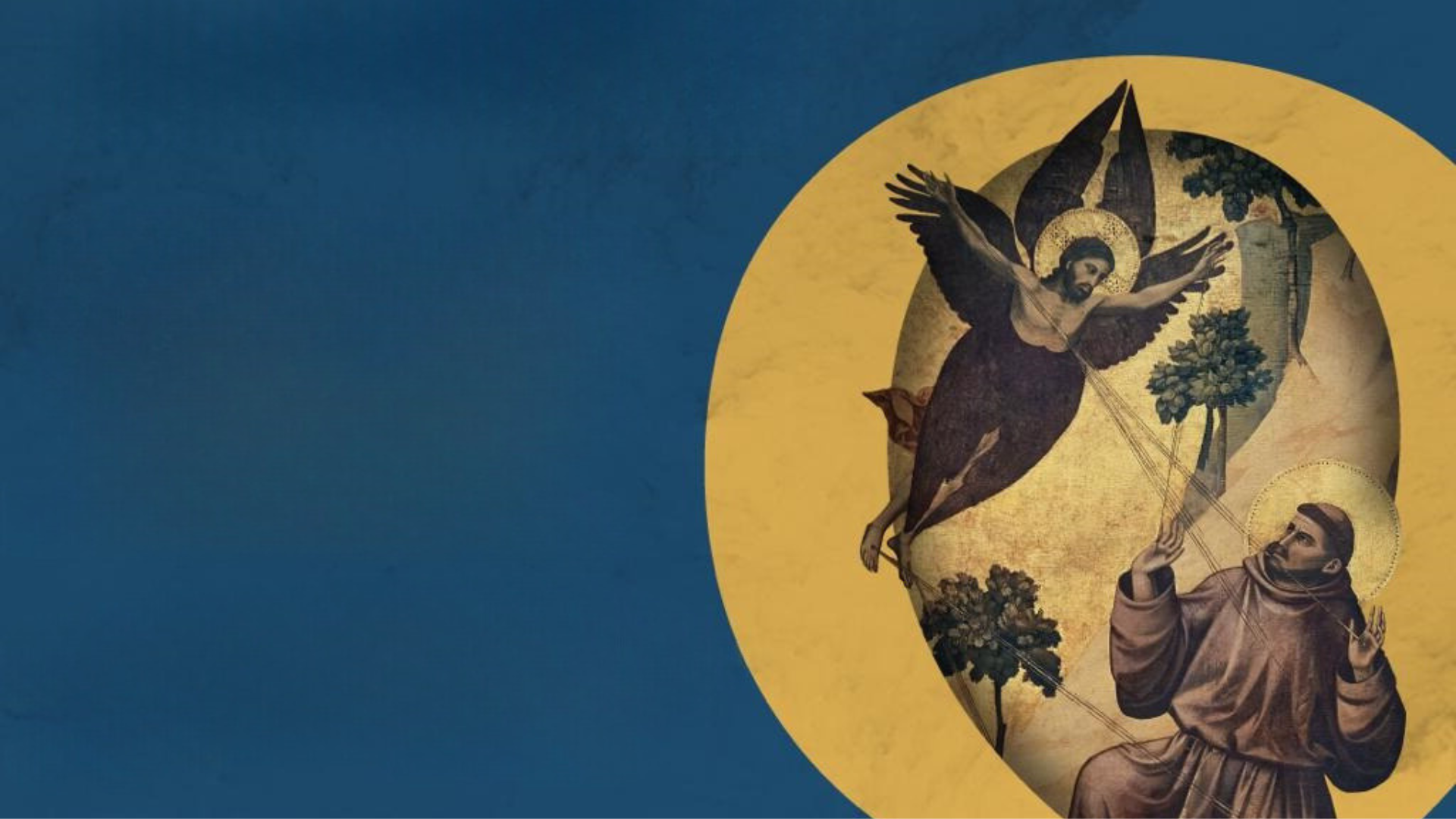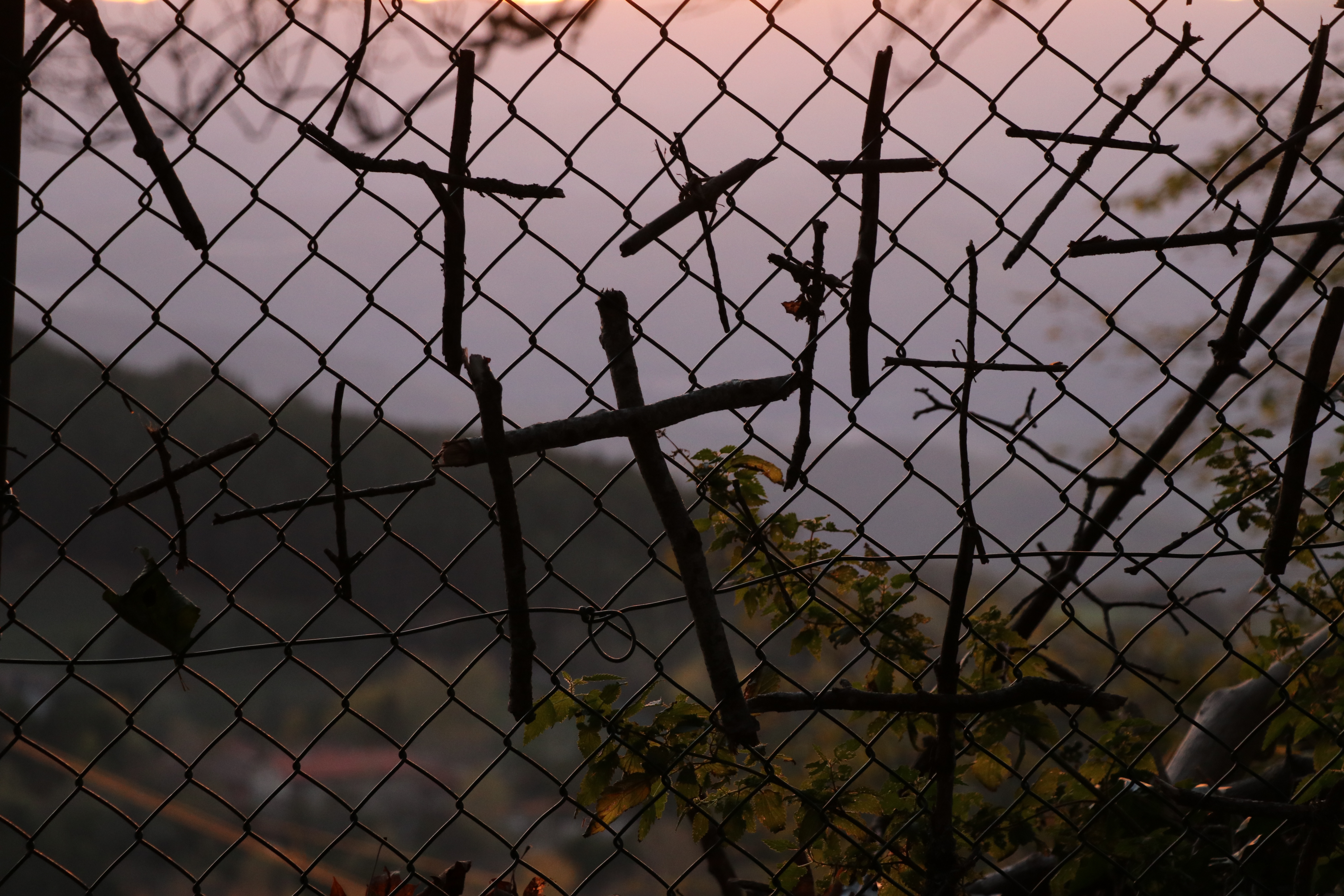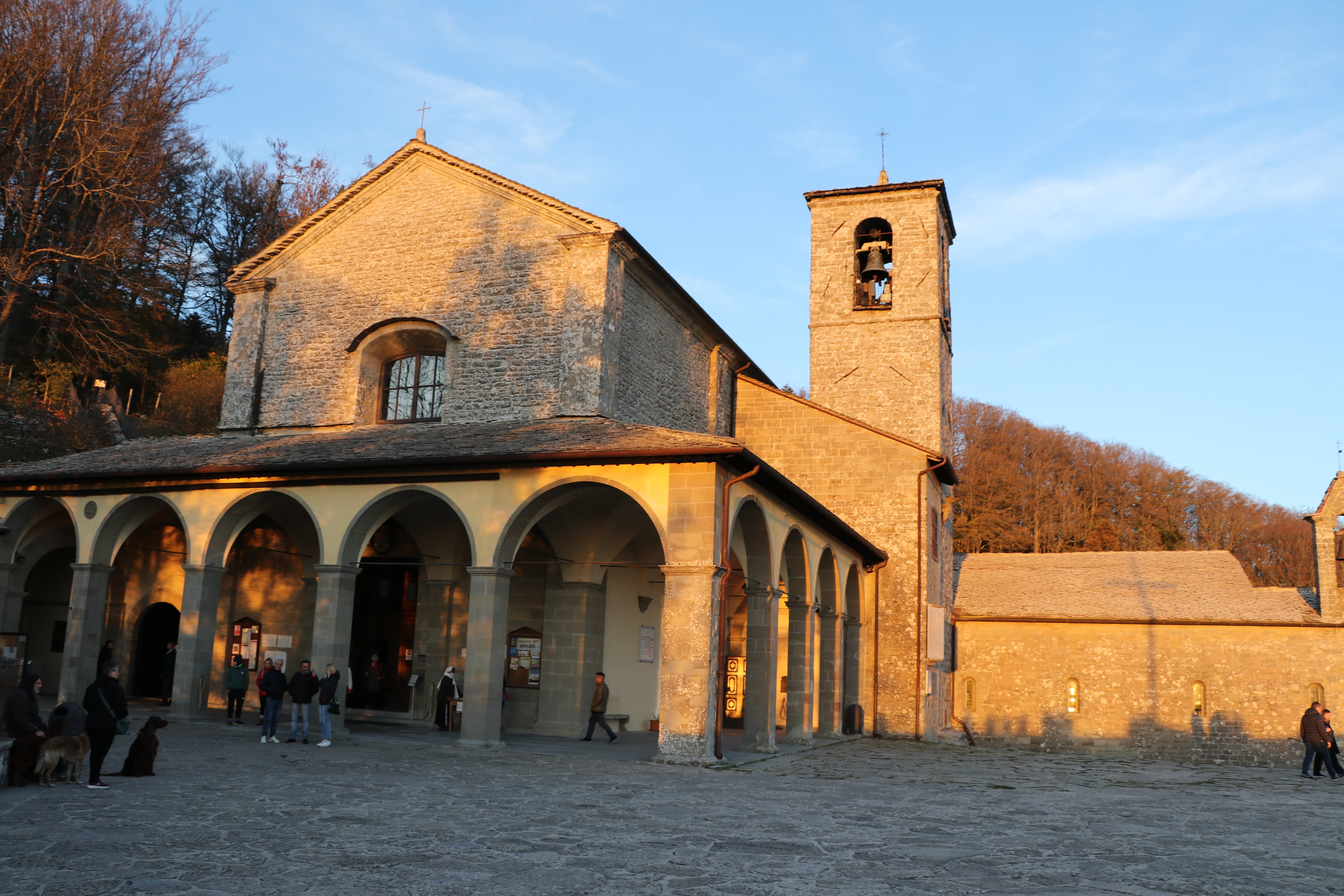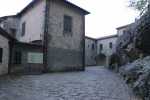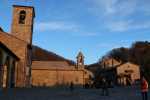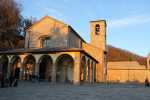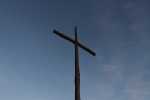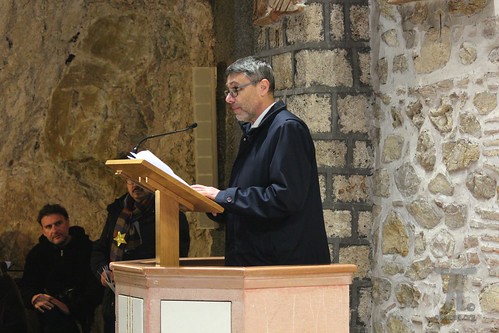Francis, Brother Leo and others, arrived at La Verna at the end of the summer of 1224. Pope Honorius III had approved the Later Rule a little less than a year earlier, but confrontation within the Order of Minors still continued, as shown, for example, by the additional specifications that Francis wrote in his Testament in 1226, a few months before his death. Complete reconciliation had failed to materialize and Francis stayed out of sight so the friars could not see how downcast he was. Tension continued between different factions of friars and in a certain sense, within Francis himself.
It was in this climate that Francis retired to La Verna, a place full of boulders. According to tradition, many of these boulders split in half at the time of Jesus’ death. Like other Franciscan hermitages, La Verna was a Michaelic site, that is, a place where there was a cult of the Archangel Michael, a saint particularly venerated in Assisi.
Brother Leo wrote an autograph in red ink next to the blessing he received from Francis. Leo stated that while at La Verna Francis had a vision of a seraph angel. The seraph angel spoke with him and afterwards Francis received the marks of the stigmata. The Seraphim are angels inflamed with love. They are often mentioned in Francis’ prayers. Francis’ conversation with one of them gave rise to innumerable prophecies attributed to him. His stigmata can be described and interpreted from various theological points of view. Indeed, after this event he composed his Praises to the Most High God, which have come down to us in an autobiographical way.
Francis went up to La Verna feeling subject to great temptation. He came down, feeling reconciled, that is, feeling the constant and benevolent presence of the Lord. Over the years, the hermitage at La Verna became a point of reference for those who wanted to learn more about the Christian experience of St. Francis. Notable among these was Bonaventure of Bagnoregio and Ubertino of Casale. Thus, there was good reason for La Verna to become a highly significant place for those who wanted to observe the Rule of the Friars Minor more radically.

